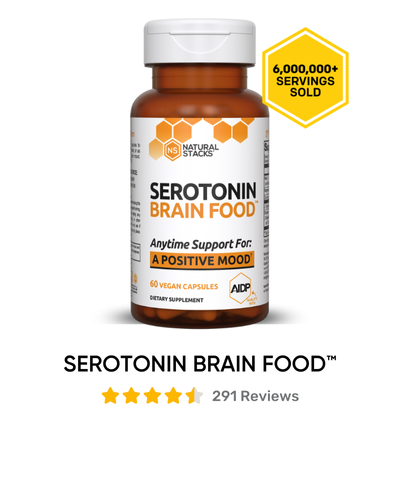MEDICATION USE LINKED TO INCREASED RISK OF DEPRESSION

In light of the recent deaths of Anthony Bourdain and Kate Spade, mental health issues are getting some much needed attention as an important public health concern.
Depression in particular is the most common mental illness in the United States and a leading cause of disability. Over 6% of the population in the US suffers from depression. Although there are many reasons for this high prevalence, a recent study found that several common prescription medications may put people at greater risk.

The new study published this week in JAMA, found a link between the use of certain medications, for conditions like high blood pressure, and an increased risk of depression.
The study used data from the National Health and Nutrition Examination Survey, which collects information on over 25,000 US adults, to evaluate the connection between medication use and scores on PHQ-9, a depression screening questionnaire.
Of the participants in the study, 7.6% reported they were depressed. Of those, 37.2% were using at least one medication that listed depression as a possible side effect. The participants who were on more than one of these medications were 15% more likely to report depression that those not taking any medications.
One thing to note about these findings is that this type of observational research can only find a possible connection between medication use and likelihood of depression, it is unable to determine if the medications are the cause of the depression, or if there is another underlying cause.
Regardless, these findings can help healthcare professionals identify patients who are at risk.
MY THOUGHTS
There are over 200 medications in the US that list depression as a potential side effect.
Doctors should be aware that some of these medications can impact a patient’s mental health and ask them about their mental well-being before starting and while they are taking them. Patients themselves should be aware of how they are feeling and note any mood changes. Awareness is the first step to help manage depression and help patients feel better.










